A burning desire to forge beauty out of raw materials: North Beach jeweler and metalcrafter carries on family’s legacy business
Dan Macchiarini was just six years old when his father started teaching him how to torch, solder and braze metal.
Peter Macchiarini, described by some who knew him as a classic “San Francisco beatnik” and artist, mentored his son through his teen years and into adulthood. Dan – DannyMac to his friends – went on to perfect his metalcrafting skills at John O’Connell Technical High School while attending San Francisco State University as an art student.
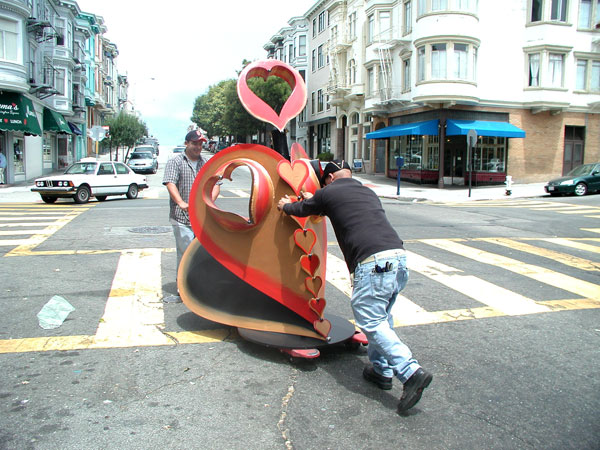
In the ’80s, he found jobs at U.S. Steel and Bethlehem Steel, whose San Francisco shipyard was looking for welders for both the BART tunnel and Alaskan Pipeline barges. Welding was his occupation; art was his vocation. Like his father, he created sculptures and jewelry.
While a shipfitter at West Winds, a small repair shipyard in San Francisco, he crafted a steel heart for a friend on Valentine’s Day. It was so admired by his fellow workers that within hours, more than 100 were creating their own.
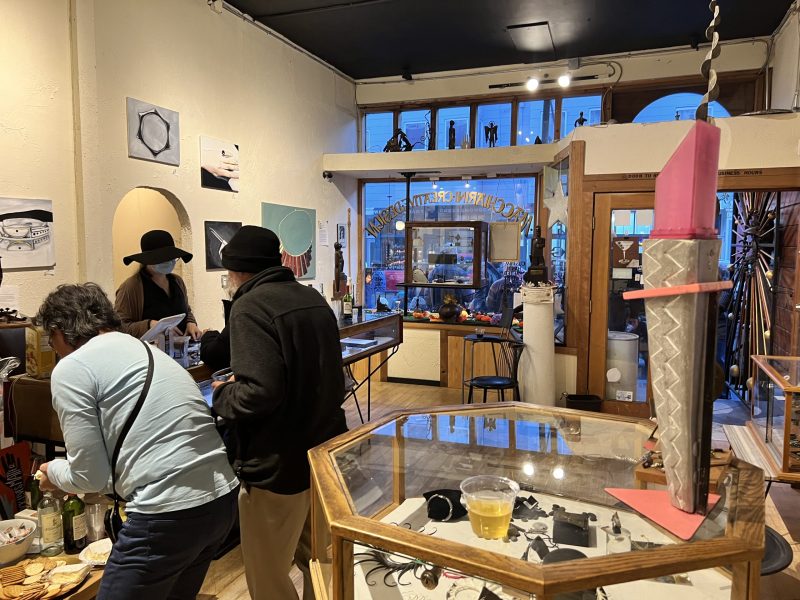
Today, Macchiarini is the patriarch of Macchiarini Creative Design Jewelry and Sculpture, a San Francisco Legacy Business. Started by his father in 1948, the North Beach shop is the oldest continuous design house, production studio and gallery for modernist metal arts in the United States. Its existence spans two centuries and three generations of Macchiarinis, including Dan’s 68 years. A more recent addition is a school that trains some 30 artisans a week in various metal crafts.
“I’m lucky enough to work with my daughter,” he said. Emma, who holds a master’s degree in art, “started the school with me seven years ago.” She describes him as “a wonderful father, co-worker and teacher.”
The ‘Burn’ years
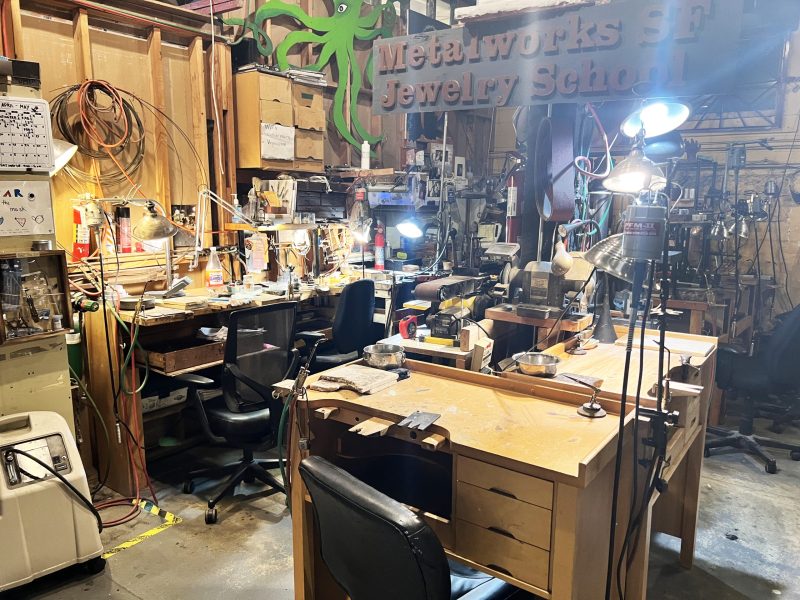
It was Emma, still in high school, who took Macchiarini to his first Burning Man Festival, in 2000.
As part of its ‘leave no trace” ethos, participants recycled the aluminum soda and beer cans that proliferated by melting them down and turning them into temporary bike stands and art forms. But their process still produced some pollution.
In the meantime, Macchiarini, who went on to join Burning Man for the next 16 years, had developed a nearly non-polluting, 100-ton mini-press. Festival-goers in 2010 used it to make coins out of cans they turned in. He and his daughter designed the stamp for that year’s coin, based on the festival’s Metropolis theme. The coins became a burners’ collectors’ item as the stamp image changed with each year’s theme.
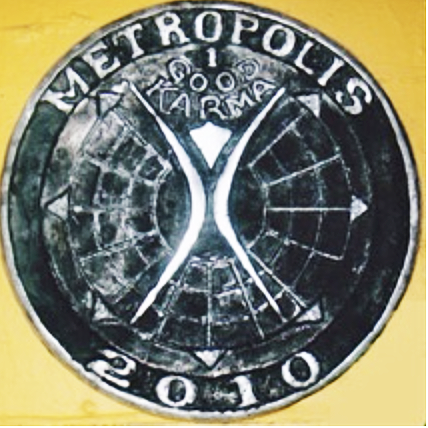

That year, he also had an idea to integrate a smelter into a sculptural piece. The 30-foot “Dragon Smelter,” which spewed fire out of its head and tail, was made of trashed woks, wrecked circular blade saws and a piece of stove pipe from his fireplace roof stack. It became a festival hit. For the next decade, burners gathered for casting events to create metal sculptures that provided glowing evening entertainment.
A new kind of party

Back at home and many years later, it was Emma who suggested a “First Fridays” event for North Beach artisans after visiting “First Tuesdays” at downtown galleries. It’s become a tradition in which galleries, artists and artisans throw open their doors, putting out snacks and wine to an admiring and curious public – not only potential buyers but students.
An imposing figure in black hat and glittering rings, Dan Macchiarini towered over the people who crowded into his metal arts workshop on a recent First Friday.
The event drew throngs to North Beach – to his shop and others as well restaurants and bars and a makeshift rostrum where some neighbors read aloud their poetry. “Next time, for April Fools’ Day, we’ll include comedians,” he joked.
A South End ‘legend’
Macchiarini is not only a staple of North Beach and the local art community, but a “a legend around the South End,” said Fran Hegeler, president of the venerable South End Rowing Club at the Aquatic Park Pier, a place that hosts rowing, handball, running and swimming in the icy waters of San Francisco Bay. “He’s fiercely loyal to the club, lots of gusto and always ready with a grin or an opinion. I swim earlier in the morning than Dan, so I am more likely to see him in passing.”
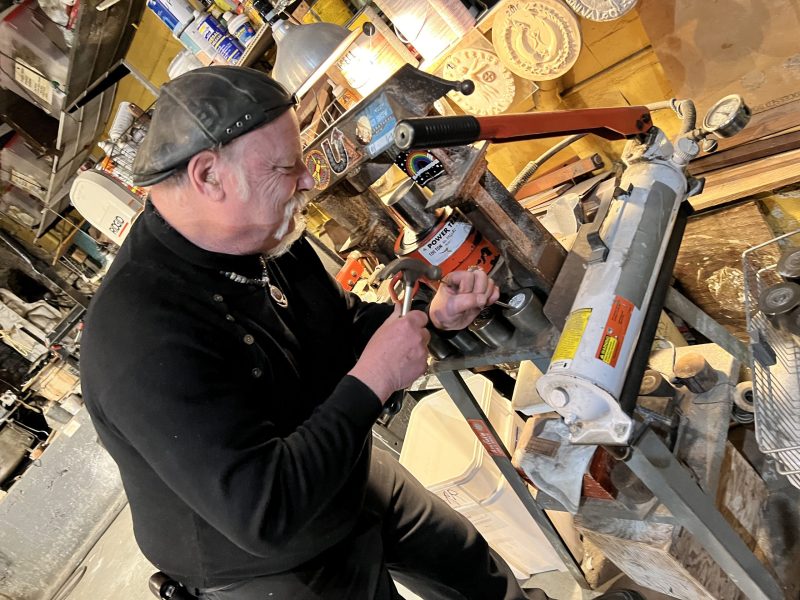
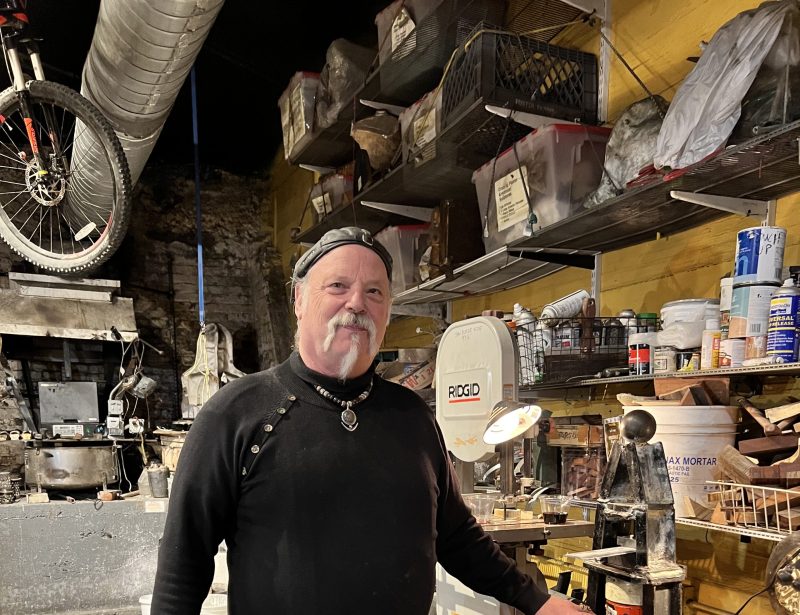
Macchiarini culled the filth he found while swimming to Acatraz. Then he nudged Supervisor Aaron Peskin, a fellow swimmer and fellow member of the North Beach Business Association, into codifying keeping the waters clean; today, that is a steward’s official job.
Macchiarini has “always been a grassroots advocate on behalf of progressive causes,” said Peskin, who presides over the Great Basin Land and Water, which buys water rights on behalf native American groups).
He and Peskin also share an enthusiasm for Bay swimming. “I was down there at 6:45 this a.m.,” Peskin said. Dan’s father “made my wedding ring 30 years ago,” he added. Peskin was also involved in naming the Kearney Street steps after Peter Macchiarini and presided over Emma’s wedding. “So, I would say I have been inextricably linked to this family.”

The master worker whose life encompasses the heady aromas of burning metal and frigid saltwater, is philosophic: “We’re not here for a long time,” he said. “We’re here for a good time.”
He’s not just referencing fun and games but appreciating life while we have it. His wife died six years ago. While “lots and lots of people” offered support in the immediate aftermath of Joan’s passing, “2020 was really tough,” Emma recalled. “I was concerned about his health. He’s not super old but old enough to be concerned.”
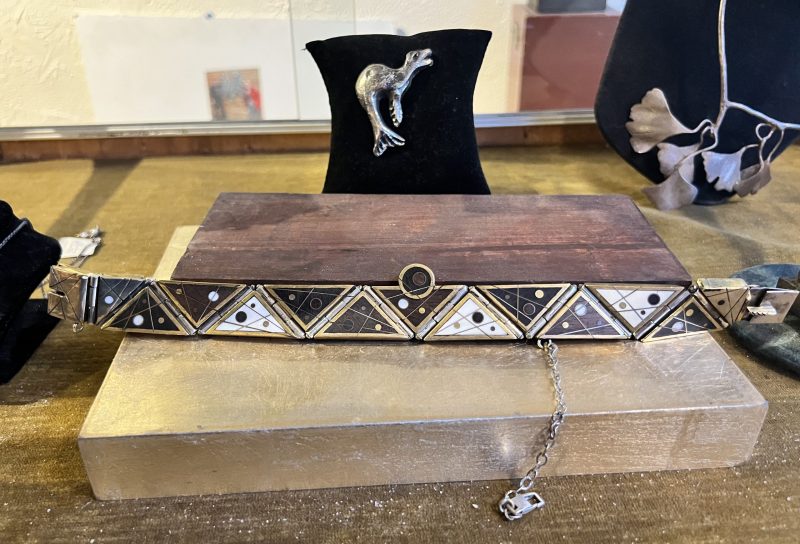
Her father still struggles with the loss, she said, but added, “I wouldn’t say he is looking for a girlfriend. I would just say, it would be nice if he met someone.”
Queenie Moon was the stage name of his wife, Joan Mankin, known throughout San Francisco and beyond as a clown and actor, first in 1970 as a member of the San Francisco Mime Troup.
She later appeared in major roles in the American Conservatory Theater, Aurora Theatre company, Berkeley Rep, San Francisco Playhouse and the California Shakespeare Theatre. She also performed at the feminist Lilith Theater, of which she was artistic director for two years in the late 1970s and early 1980s.
Then, the woman who spoke four languages and memorized lengthy passages from Shakespeare developed frontal temporal dementia. “All of a sudden in 2014, she lost the ability to remember people’s names,” said Macchiarini, who nursed his ailing wife for four years.
The loss, both to herself and her family, was profound.
“It is very hard,” Emma said. “Everyone still misses her. She was always there – taking part. Spent her life savings, which kept our building. Everybody has a story like that. Helpful and kind, she was.”
Soothed by icy water
Family, work and swimming in the San Francisco Bay sustained him. Macchiarini had taken it up in 1985, on a friend’s recommendation after hypnosis failed to help him quit smoking. His wife joined him and when Emma was eight, he started training her to swim the Golden Gate. Fording the frigid waters became a regular family activity.
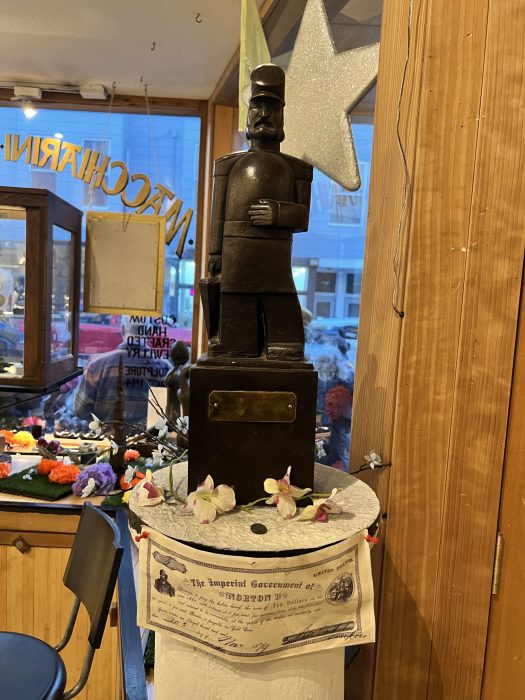
Filmmaker Judy Irving, a Bay swimmer since 1986 who has won Sundance and Emmy awards for films including the “Wild Parrots of Telegraph Hill,” has trained her sites on the Macchiarinis, a family she’s known for decades, in “Cold Refuge.”
Irving hopes the film, whose subtext is “get back to nature,” inspires viewers to recalibrate their priorities as they emerge from the social isolation of the pandemic, turning to real experiences \rather than online abstractions.
It’s “not about setting records for time or distance,” she said, “but about how swimming in cold water helps mitigate life’s difficult hurdles such as grief, loss, disease, discrimination, disability, and stress.”
“The sounds alone beat a sort of calm into swimmers,” she writes. “Waves on beach, rigging in sailboats, seagulls calling, wind, flags flapping from flagpoles …”


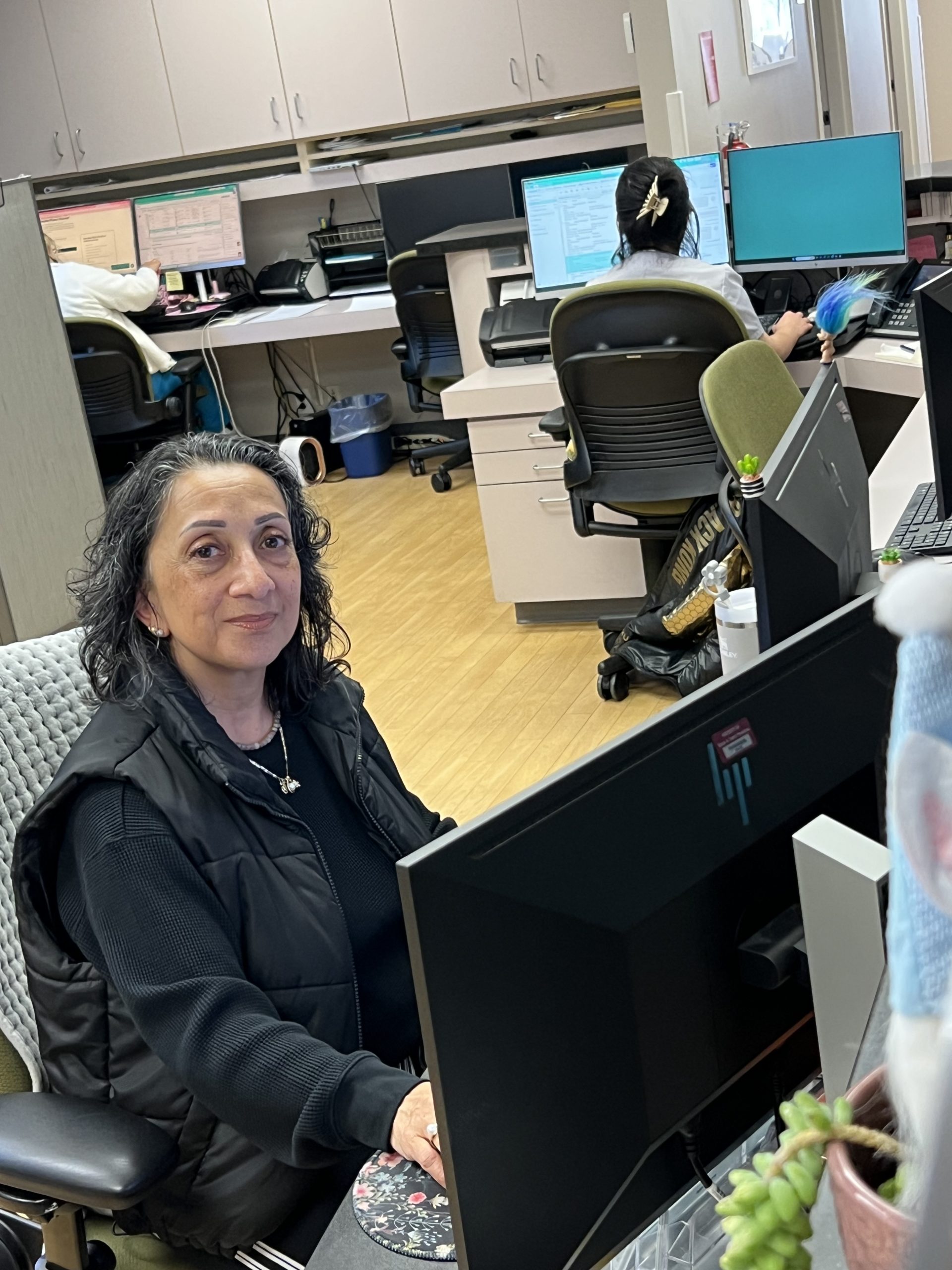
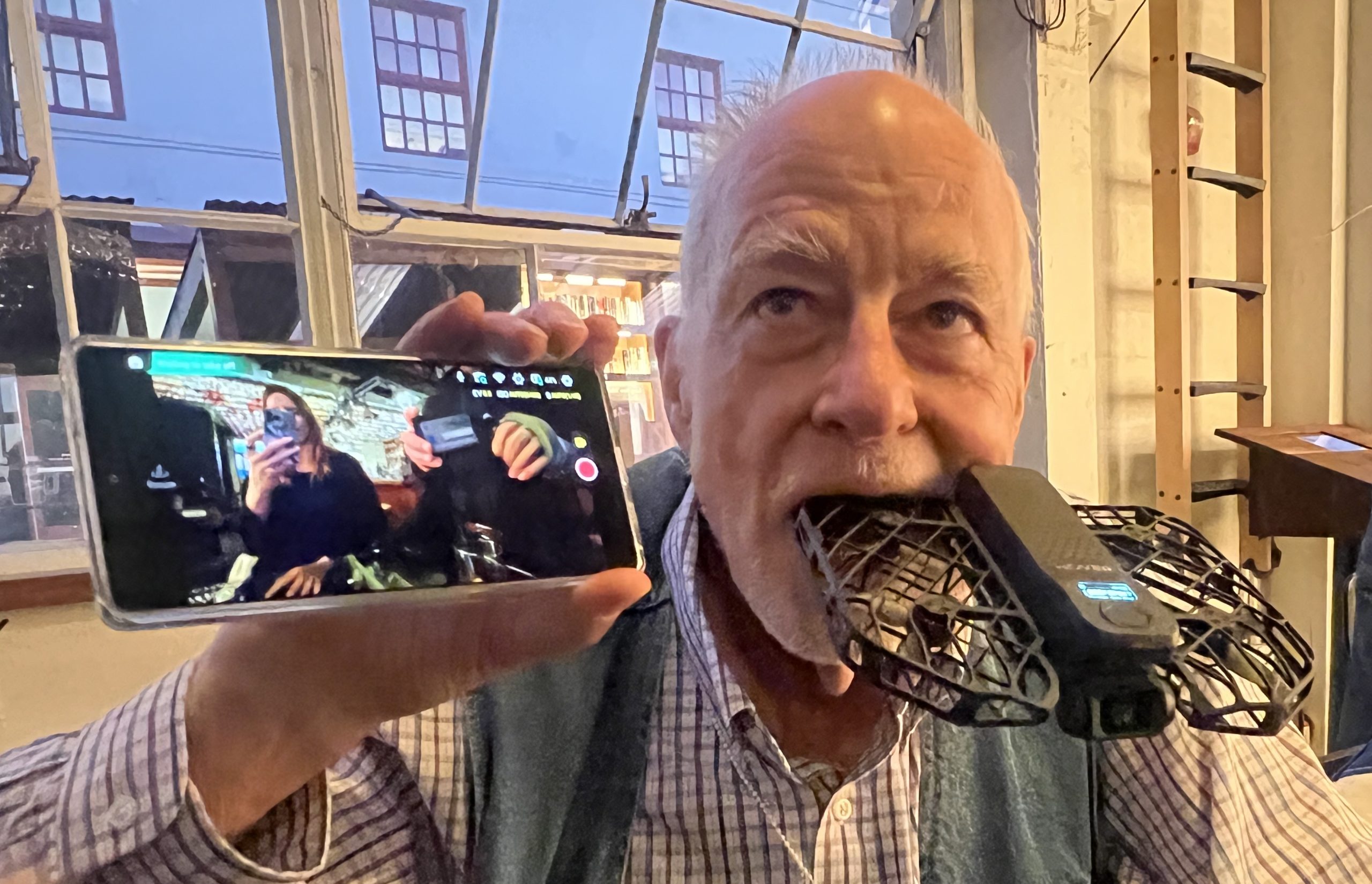
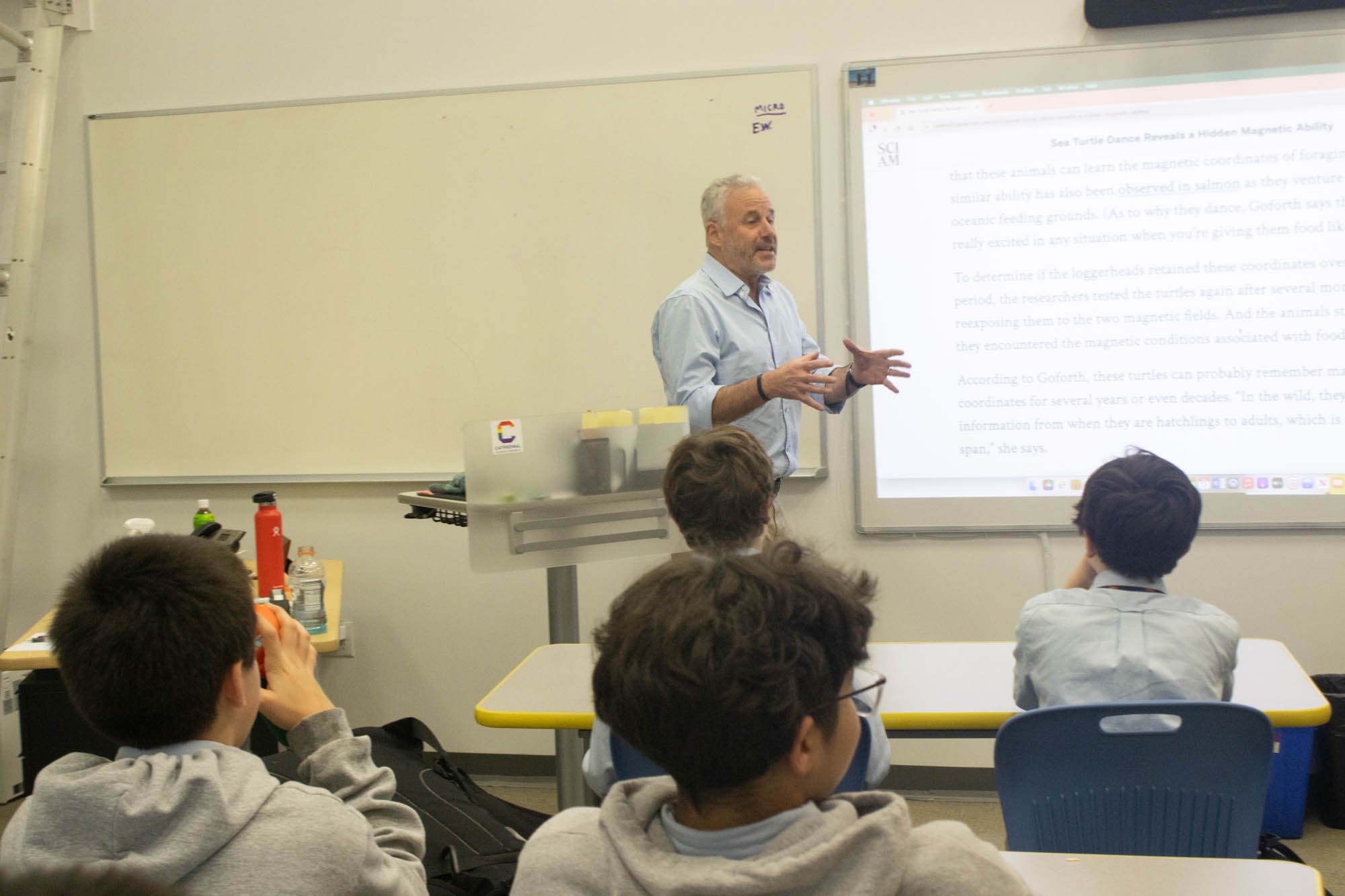

Beckie
What a neat guy and a neat story!
Gary Stollsteimer
Amazing! What an incredible family of artists.
Taline
This is a lovely tribute to a true San Franciscan. Must check out his shop.
LH
These stories are always so fascinating, hearing about the paths that other people have taken in life. I have to hand it to the swimming club, I get cold too easily! But it's great to see the friendships and support that have grown there.
Anoush
What a treasure of a guy! I’m going to check out more of his work.